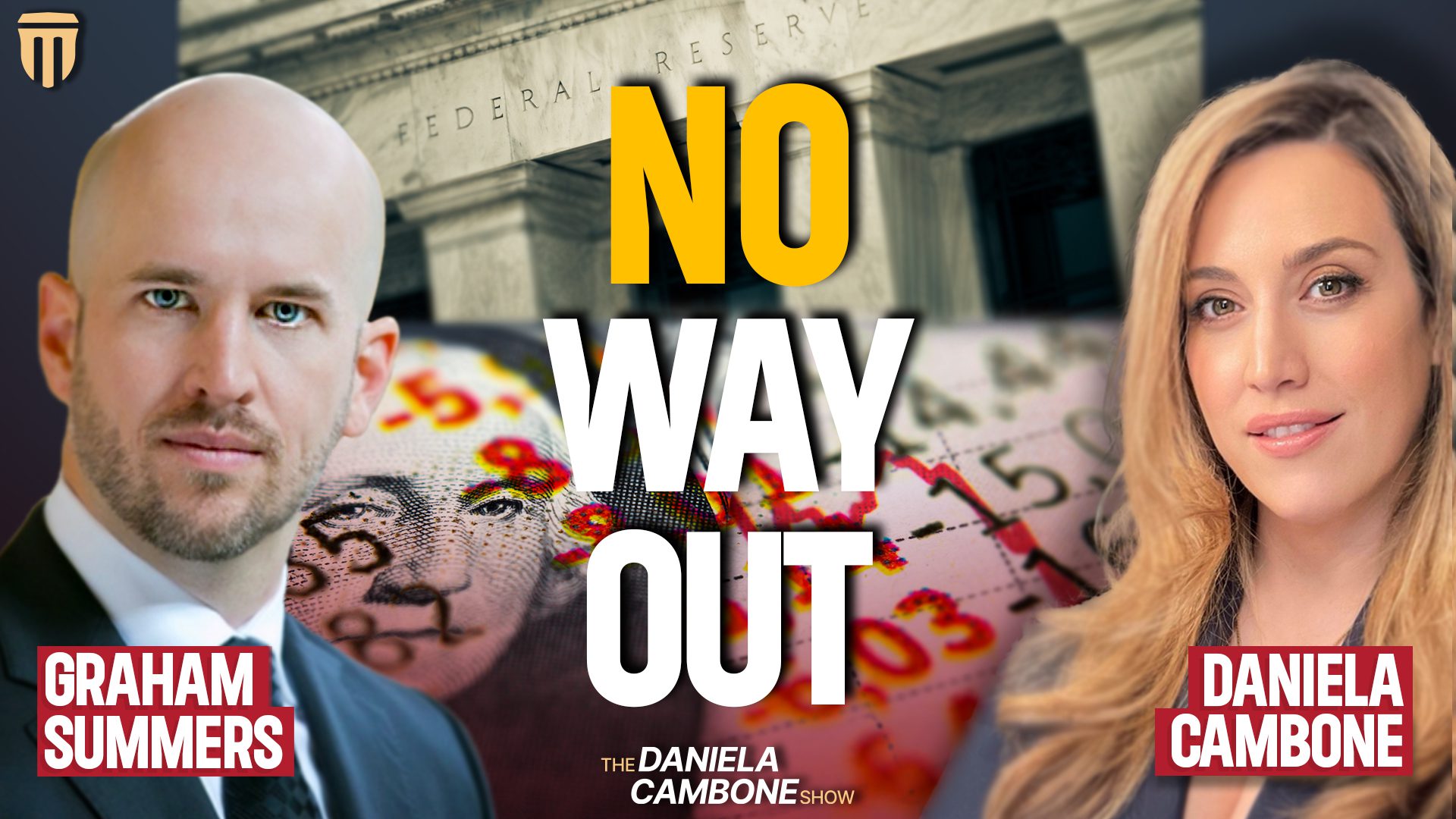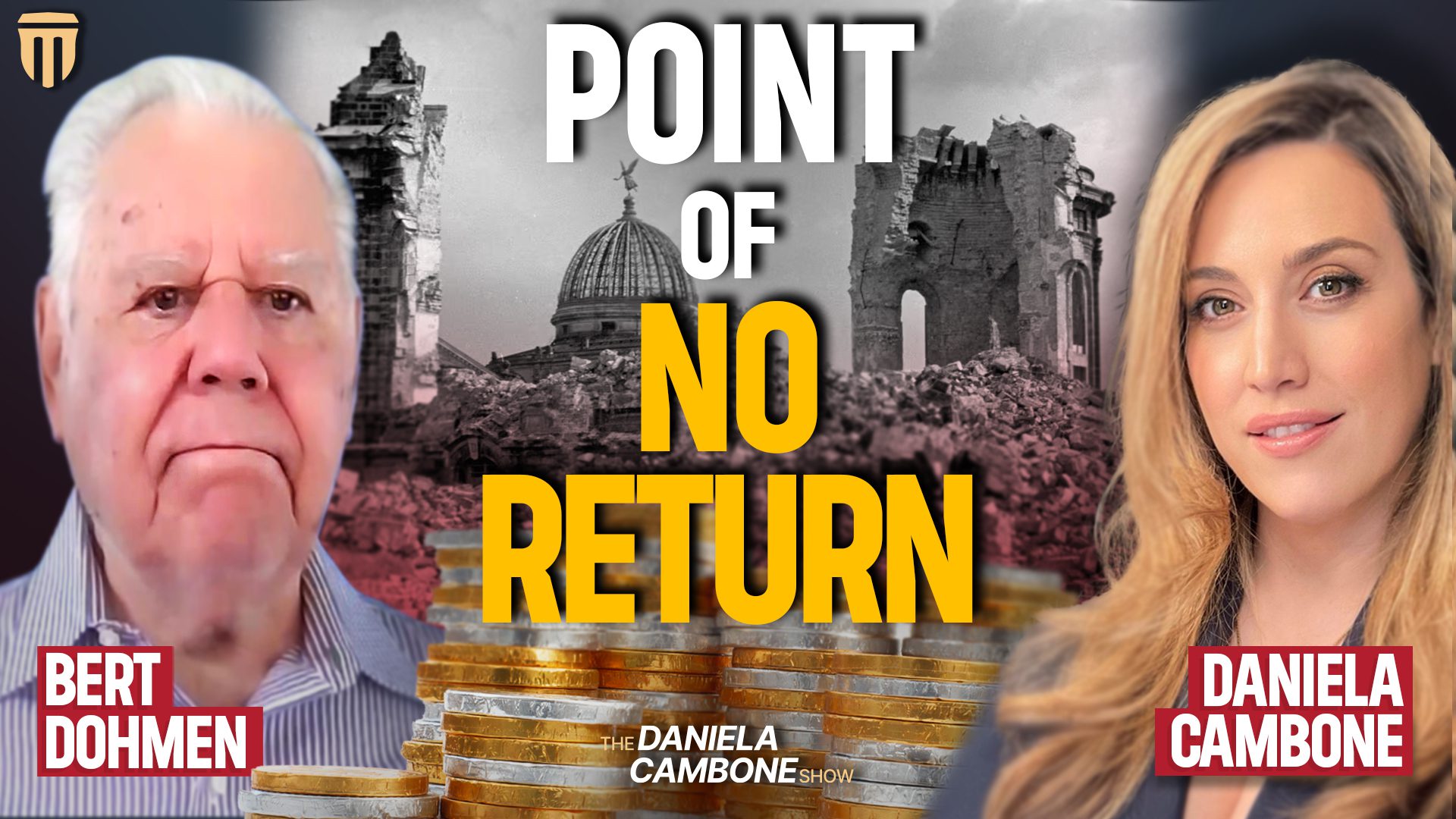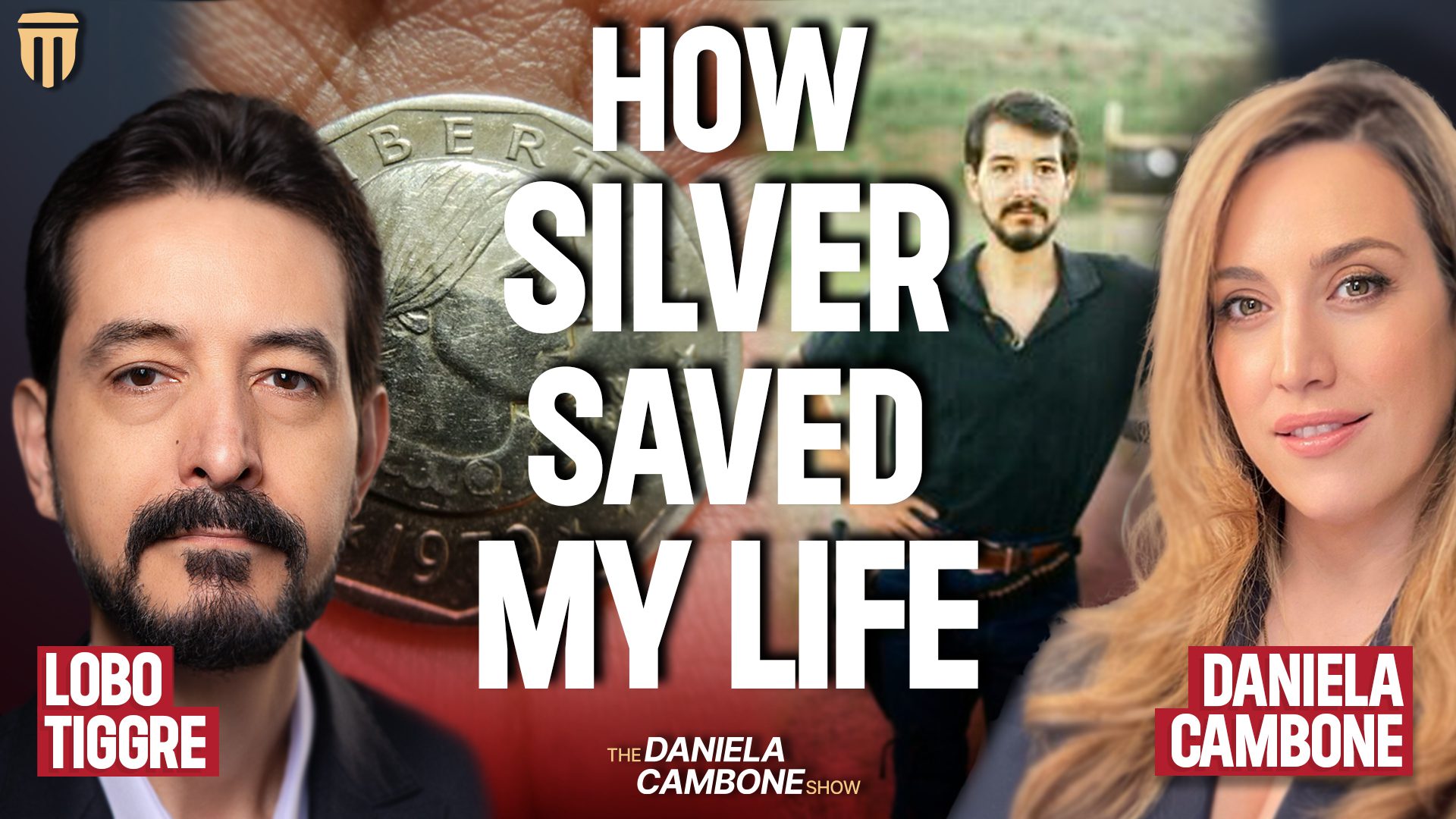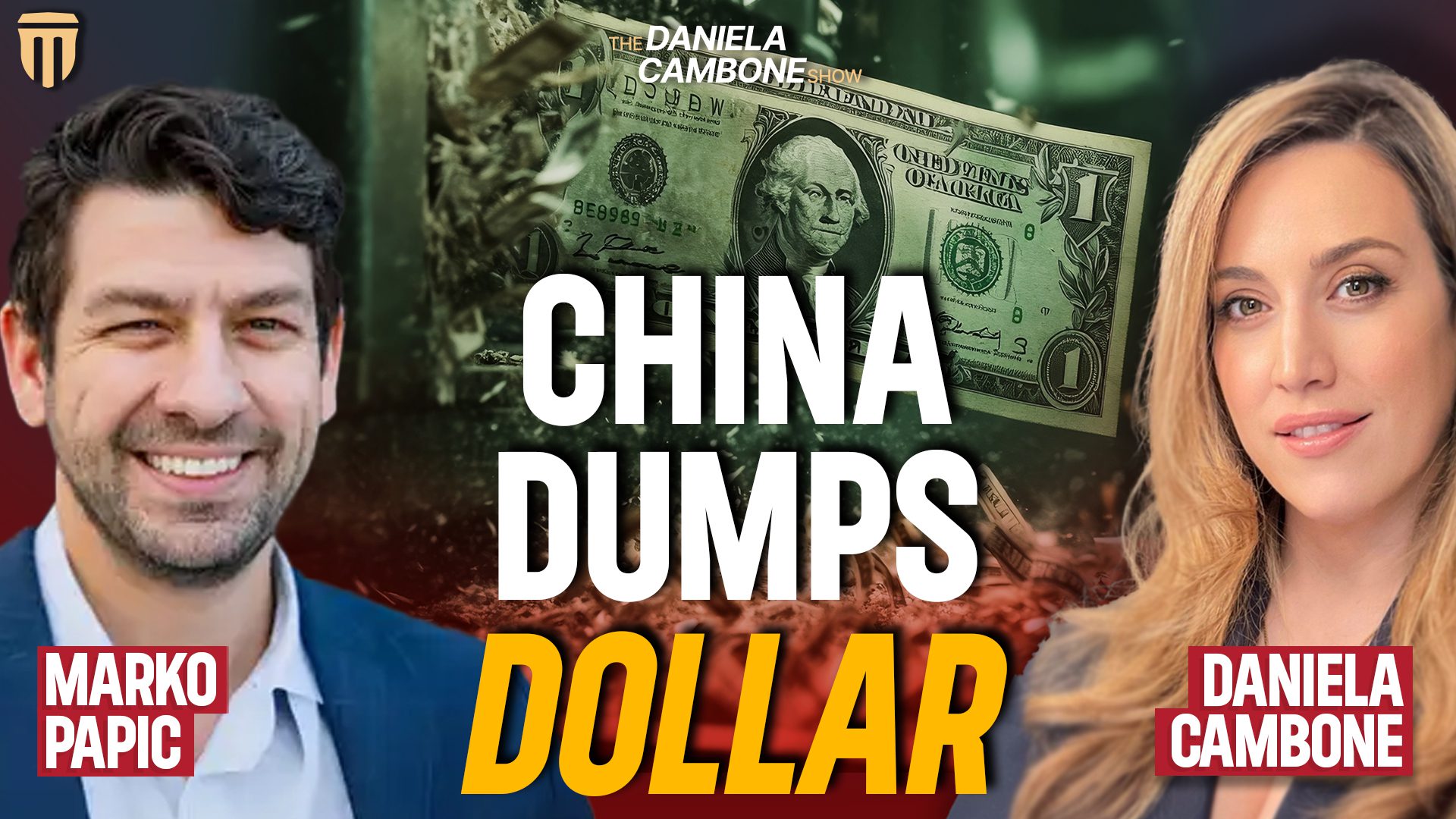Gold Shortage Coming? Why $82B Left London Ahead of Trump Tariffs

QUESTIONS OR CONCERNS? Talk With An ITM Trading Analyst Now: Schedule a Free Strategy Call or Speak to Someone Now at 866-706-9061.
📖 FREE REPORT: Discover Daniela Cambone’s Top 10 Essential Lessons for Safeguarding Your Wealth in Uncertain Times—get it now at www.danireport.com!
Why is gold rushing from London to NYC? London is facing a gold shortage after traders pulled out $82B in bullion from the vaults of the Bank of England and stockpiled them in New York amid fears that Donald Trump will slap fresh tariffs on the shiny commodity. “No one wants to import gold from Europe or Britain… if there’s a 10 or 20 or 30 percent tariff, no one’s going to do that,” warns Adrian Day in his interview with Daniela Cambone. While this shift may temporarily create premiums, Day stresses it won’t impact gold’s long-term demand or price, driven by factors like central bank buying, Chinese consumer demand, and a weakening U.S. dollar. Day also cautions that the U.S. stock market is in a “very dangerous situation” with “the worst breadth in its history.” Watch the video to hear his insights.
📖 FREE REPORT: The biggest threats to your wealth in 2025—what’s coming and how experts are preparing. Get it now at www.danioutlook2025.com
Why Are Central Banks Moving Gold Reserves?
One of the biggest stories making headlines is the movement of over 400 metric tons of gold from London to New York. This shift began in late 2024 and was largely fueled by concerns over tariffs and economic uncertainty. According to Adrian Day, banks have been relocating their gold to New York in anticipation of potential tariffs under a Trump administration. If tariffs on gold imports were imposed at 10%, 20%, or even 30%, it would dramatically impact the cost of moving gold into the U.S., making preemptive relocation a logical strategy.
Additionally, central banks’ gold reserves have been increasing as institutions seek to hedge against the declining purchasing power of the U.S. dollar. With inflationary pressures mounting and trust in fiat currencies eroding, central banks are strategically increasing their gold holdings to protect their economies from economic turbulence.
What This Means for Gold Investors
For individual investors, these moves signal a clear message: gold remains a critical asset for preserving wealth. In times of uncertainty, central banks are turning to gold rather than traditional assets, further reinforcing its role as a hedge against inflation and economic instability. However, Adrian Day cautions against overreacting to the headlines, noting that while the gold price has experienced short-term fluctuations, the long-term outlook remains strong.
Historically, gold has surged during times of financial stress. In 2020, during the height of COVID-19 uncertainty, gold demand soared. Today, we are witnessing a similar pattern as economic conditions deteriorate. Investors should pay close attention to the fundamentals driving gold demand rather than short-term price movements.
The Gold Price Forecast: Where Are We Headed?
With gold recently surpassing $2,000 per ounce and projections reaching $3,000 per ounce, the outlook remains bullish. Adrian Day highlights that multiple factors are driving this forecast, including:
- Central Bank Buying – Since late 2022, central banks have been aggressively increasing their gold reserves.
- Chinese Consumer Demand – With concerns over the yuan’s devaluation and economic fragility, Chinese buyers are turning to gold as a secure store of wealth.
- Geopolitical Uncertainty – From rising global tensions to trade wars, uncertainty is fueling demand for gold.
- US Dollar Decline – As countries move away from the dollar in international trade, gold’s appeal as a reserve asset grows.
These factors suggest that the gold market is well-positioned for sustained growth, making now a crucial time for investors to consider incorporating gold into their portfolios.
Gold vs. Crypto: Which Is the True Safe Haven?
A growing debate in financial circles is whether gold or cryptocurrencies are the superior hedge against economic turmoil. While some younger investors favor crypto, Adrian Day argues that there is minimal overlap between crypto and gold investors. Crypto markets are highly volatile, while gold has stood the test of time as a stable store of value. Unlike digital assets, gold is tangible, globally recognized, and free from technological vulnerabilities such as hacking or regulatory crackdowns.
Market Volatility: Is a Stock Market Decline Coming?
While gold is rallying, the stock market is showing signs of weakness. Adrian Day warns that many of the top-performing tech stocks are overvalued and that the market’s breadth is the weakest in history. If the market experiences a significant correction, gold could become an even more attractive investment as investors seek stability.
Why Gold Remains the Ultimate Wealth Protection
For decades, gold has provided investors with a reliable hedge against inflation, market volatility, and economic downturns. With central banks making decisive moves and economic uncertainty rising, the case for owning gold has never been stronger.
As Daniela Cambone emphasized in her discussion with Adrian Day, investors need to stay informed and proactive in protecting their wealth. At ITM Trading, we specialize in helping investors navigate these uncertain times with strategic gold and silver solutions tailored to their needs.














